
Figure Drawing Ebooks
Figure Drawing
By Richard G. Hatton
|
Figure Drawing EbooksFigure DrawingBy Richard G. Hatton |
Home![]() Learn How to Draw
Learn How to Draw![]() How to draw People
How to draw People![]()
Learn How to Draw Perspective![]() How to Paint
How to Paint![]() How to Draw Cartoons
How to Draw Cartoons![]()
Purchase the ebook by clicking the "Buy Now" button at the bottom of the page.
After completing the purchase you will be directed to a web page which will give you a link to the download site.
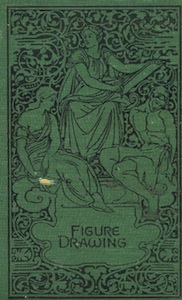
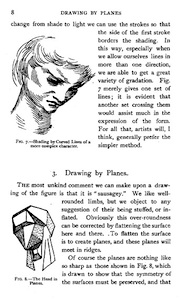
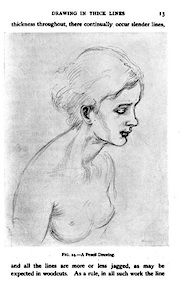
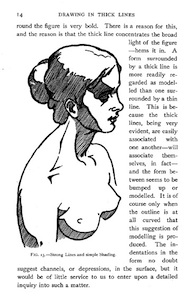
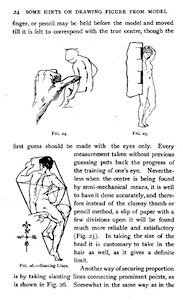
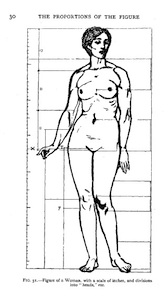
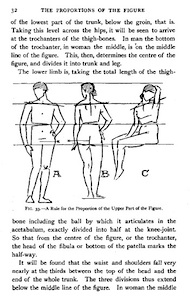
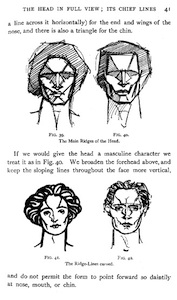
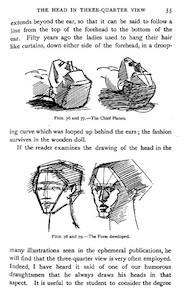
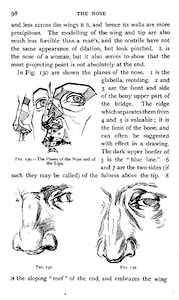
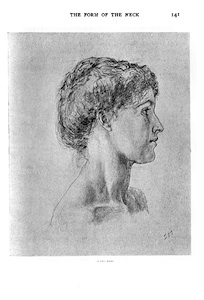
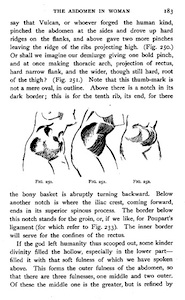

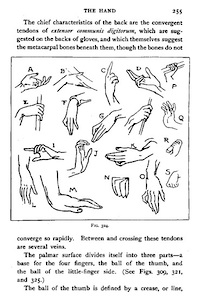
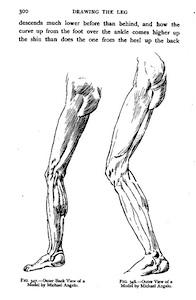
Figure Drawing
With Numerous llustrations
London
Chapman and Hall, Ltd.
1904
377 Illustrations.
350 Pages plus a preface.
|
This is an unusually complete book on drawing the figure from the beginning of the last century. In his time he was one of the most prolific authorities on the art of drawing. Other books he pubished included "Figure Composition" which will be a future offering on this site, "Design" and "Perspective for Art Students." |
|
"Figure Drawing" is well organized and proceeds from an overview about drawing to specifics of anatomy, the head and neck, the trunk, the upper limb, the lower limb and drapery. |
|
The writing is clear and offers tips about the differentiation between male and female and the illustrations are pertinent to the text so that from one subject to the next Hatton builds a body of knowledge so complete that the student would hardly need another reference book. Figure Drawing by Richard G. Hatton "This is the book on figure drawing from which Robert Hale says he got many of his ideas. The most practical book on this list, full of little tips and tricks students particularly appreciate. Very uneven drawings ‹ some good, some appalling. Deals with application of anatomy to drawing."
|
|
"...I am recommending your site to all of my colleagues. We do special effects for motion pictures and t.v. and extensively use anatomical reference for our work. The newer anatomy books just don't have the same qualities..." |
|
FROM THE PREFACE |
|
THE artist studies anatomy in order that he may the better understand what the form of the figure is. Not infrequently he finds, however, that his anatomy has not helped him very much. He finds that it asserts itself in a manner which does not improve his work. He feels overborne by the mass of ìoriginsî and ìinsertions,î and endeavours to learn by heart lists of muscles and bones, and fears the disgrace of not knowing, like a school-bay, all the facts exhibited in the book he happens to be studying, if he grows interested he finds; after a while, that he has been occupying himself with a great many things which, in a sense, do not matte at all, and probably begins to decry anatomical study as so much wasted labour. |
|
The reason for such a verdict is that the study, instead of being directed to the correction and development of the ideas already present in the mind concerning the form of the figure, is dissipated among a multitude of accurate little statements. The very accuracy of the statements tends to rob them of their utility to the artist. Often a student will labour to remember the location (and even the accurate anatomical description of the location) of the insertions of a muscle, and will all the time omit to notice the general character of the muscle, and its form. He, too, soon gets to deceive himself with the idea that a knowledge of names and of insertions amounts to the knowledge of anatomy. |
|
CONTENTS METHOD AND PROPORTION 1. The Study of Form THE HEAD AND NECK 10. The First Lines of the Front View THE TRUNK 36. Chief Characteristics THE UPPER LIMB 55. The First Lines in a Drawing of the Arm DRAPERY 84. Points and Surfaces of Support |
DOWNLOAD THE E-BOOK Figure Drawing
By Richard G. Hatton
$4.95
|
DOWNLOAD THE E-BOOK Buy now with Paypal. If you are new to PayPal you will be directed to a PayPal sign up page or you will be allowed to pay directly by credit card. |
This e-book and the images in it are believed to be in the public domain based on their age and publishing date. If you have information to the contrary please email me: lifedraw2008@gmail.com